
Two blank cheques: are Ontario and B.C. copying the homework?
Governments of the two provinces have eerily similar plans to give themselves new powers to...
Doug Ford’s government proceeded with a controversial plan to rapidly expand housing construction, despite receiving “confidential” warnings from public servants about sweeping environmental risks to parks, wetlands, conservation areas, farms and Indigenous territory.
The warnings — included in an internal 117-page cabinet document marked “confidential” — shows an extensive list of concerns shared with Ontario’s 30 ministers ahead of the tabling of Bill 23, or the More Homes Built Faster Act. Along with numerous environmental impacts, they were alerted of the damaging implications of limiting who can challenge development as well as infringing on Indigneous rights and undermining municipal climate plans.
Initial details about the leaked internal document were first reported by QP Briefing. The document was sent to The Narwhal by multiple stakeholders, some of whom received it directly from government officials. It shows Ford’s government put significant weight into winning support for the bill from developers by moving to lessen obligations to build parks, protect watersheds and more.
The omnibus legislation is the centrepiece of a sweeping suite of changes, which the government is also using to tweak other bits of policy. The Ford government has said that these measures are needed to address Ontario’s housing crisis.
Public servants cautioned these measures could have broad, serious consequences. For example, Ford’s proposal to weaken parkland requirements for new development could “impact the quality and use of parks,” the cabinet document reads. Changing wetland management “could result in loss of natural heritage features,” sections of land that allow plants and animals to move from one area to another. Other sections note that Indigenous communities could object to “implications on treaty and Aboriginal rights (wetlands and natural heritage).”
Despite this advance caution, the legislation the government tabled last week seems to codify these changes without major amendments. The bill is currently open for public consultation, including three public hearings being held in Brampton, Markham and Toronto this month — but stakeholders are concerned they weren’t consulted earlier.
Chief Kelly LaRocca of Mississaugas of Scugog Island First Nation — northeast of the Greater Toronto Area — told The Narwhal she’s “pretty upset” that the government pushed ahead despite knowing First Nations would object. Her nation has pushed to protect waterways in its territory from development.
“I’m deeply concerned about the fact that we are being willfully ignored,” LaRocca said.
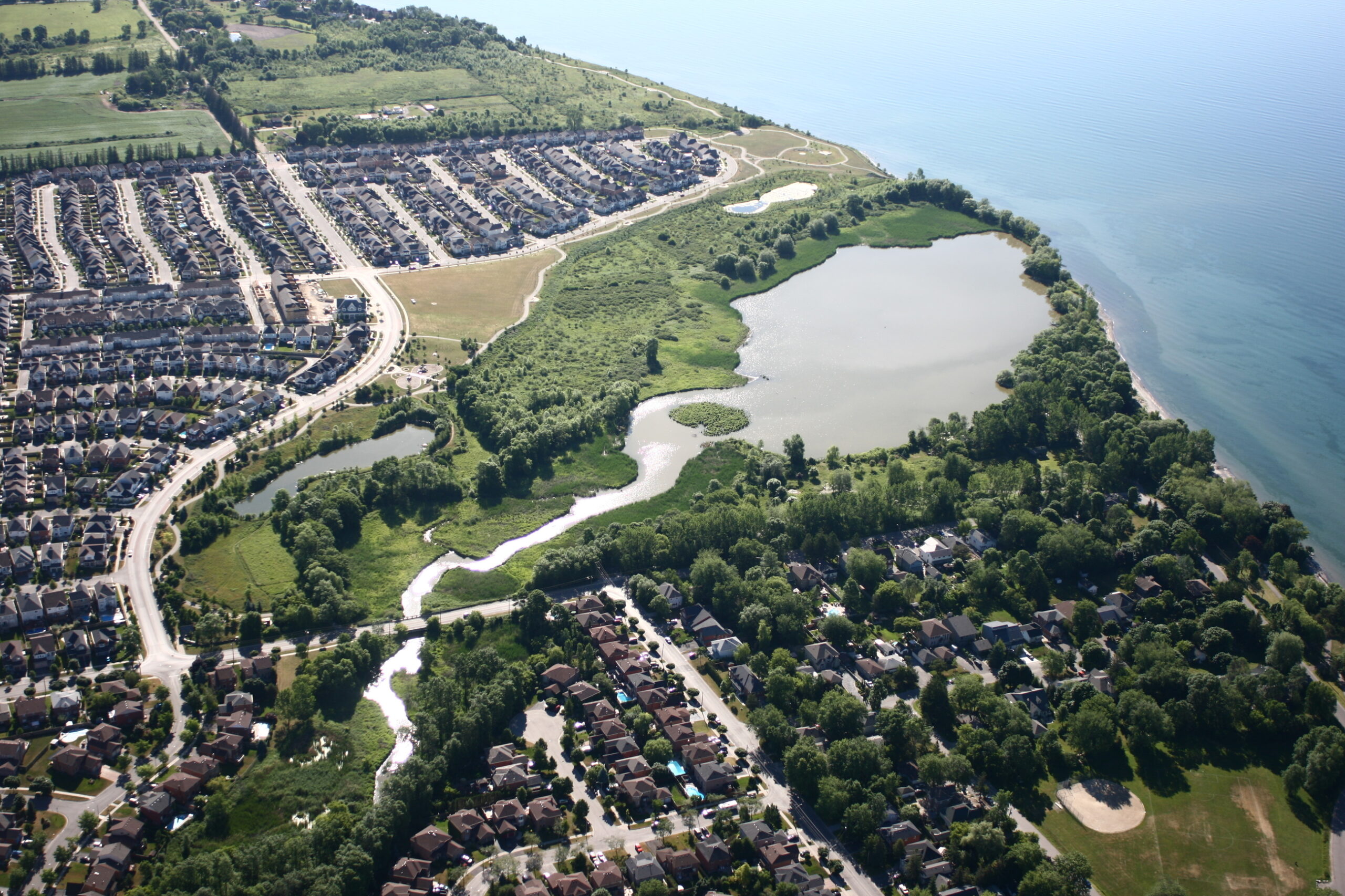
Conservationists, planners and municipal staff told The Narwhal their takeaway is that development in the province would essentially be unrestricted if this legislation takes effect.
“It certainly feels like a death-by-a-thousand-cuts approach,” Rob Baldwin, chief administrative officer for Lake Simcoe Region Conservation Authority, said in an interview with The Narwhal.
Baldwin doesn’t believe the bill will result in truly affordable housing, as it will bring “increased inconsistencies and inefficiencies” to the development process, adding to the burden on municipalities to provide services — which in the end will have to be paid for by residents.
“They talk about transformative change, but what they’ve proposed is a series of cuts across multiple levels that isn’t transformative,” he said. “When you create this level of chaos with this level of change, it creates a lot of uncertainty. What’s the end result? Is it housing at the environment’s peril? Potentially.”
In the week since the government released the legislation for comment, some conservation authority staff have expressed fear that it nullifies their role entirely.
Additionally, on Friday, the Ford government broke a longstanding promise to keep Ontario’s Greenbelt intact when it revealed a plan to remove land from the protected area to build housing.
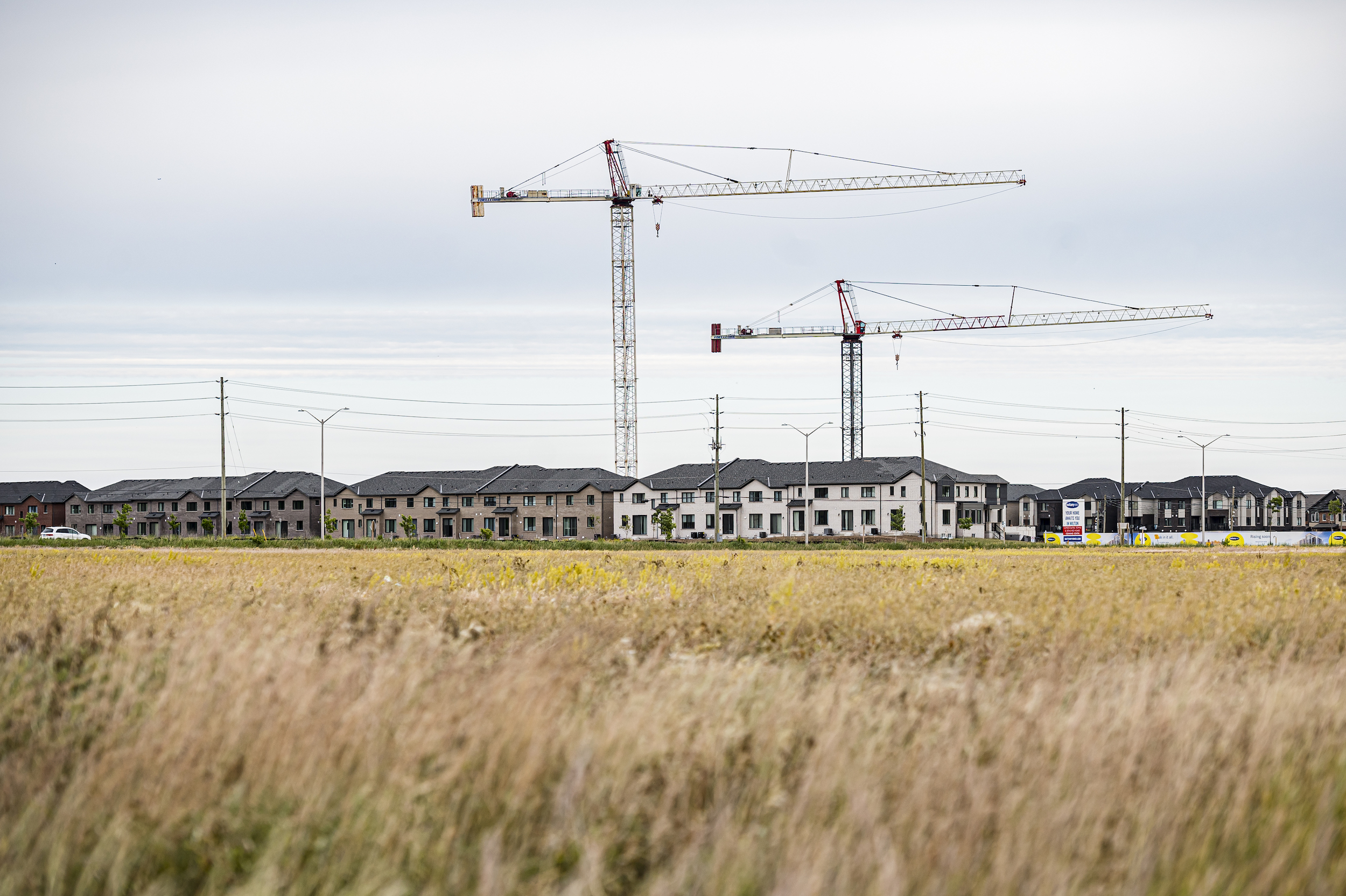
Despite the potential pitfalls listed in the internal document, the government “concluded that appeasing the development sector … was a worthwhile undertaking,” Michael Tolensky, chief financial and operating officer at the Toronto Region Conservation Authority, told The Narwhal in a written statement. “Legislation permitting developers to profit at the expense of long-term public safety and community resiliency is purposefully shortsighted.”
The Ford government looks set to pass the legislation sometime in December, and some of it would go into effect immediately. Ontario’s ministries of natural resources and municipal affairs did not respond to questions from The Narwhal about the document or the pending legislation.
Here are the environmental implications in the bill and the warnings brought to the Ford government’s attention in the leaked document.
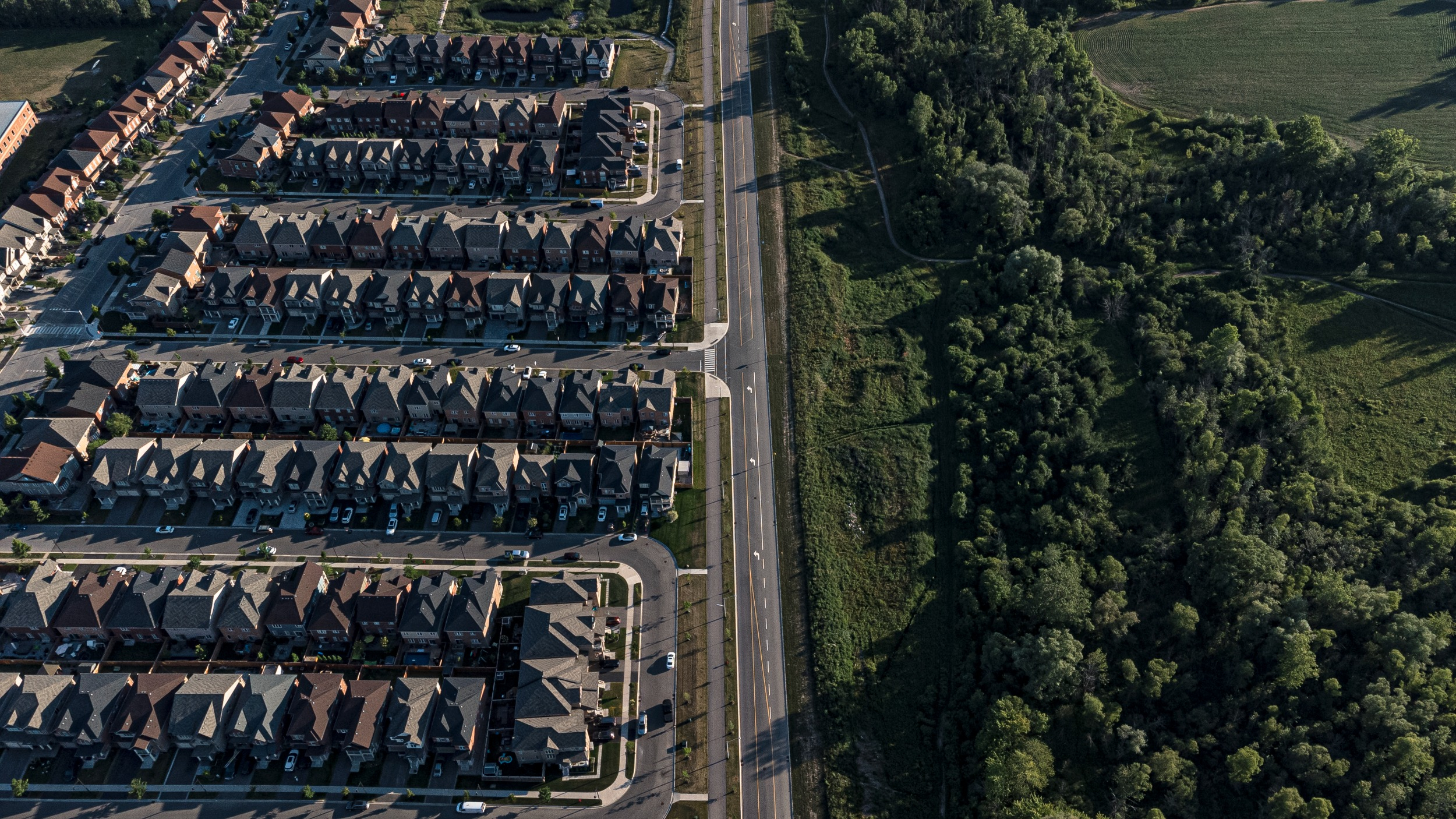
The new legislation proposes that only “key participants” be allowed to appeal development or planning projects. This would include Indigenous communities and utility providers, but exclude environmental groups; it’s unclear how neighbourhood groups fit in. The leaked document shows the Ford government was warned of pushback from environmental organizations worried about “their ability to help protect the Greenbelt.”
This change would reduce the number of people that can participate in Ontario’s planning process — cutting off everyone from staunchly anti-development NIMBYs to many with legitimate social and environmental concerns.
Mandating green, sustainable development is a key to many Ontario cities’ long-term climate change strategies, as they aim to lower carbon emissions. Now, the Ford government wants to eliminate municipalities’ ability to regulate the architecture or aesthetics of new development, including “sustainable design initiatives (e.g., energy performance),” according to the leaked internal document reviewed by The Narwhal.
This would spell the end of Toronto’s Green Standards, for example, which Ford voted in favour of when he was a city councillor. These energy efficiency requirements were introduced 12 years ago and versions of Toronto’s standards have been adopted by a dozen other Ontario cities.
“This is real low-hanging fruit on the climate action spectrum,” said Sarah Buchanan, campaigns director at Toronto Environmental Alliance.
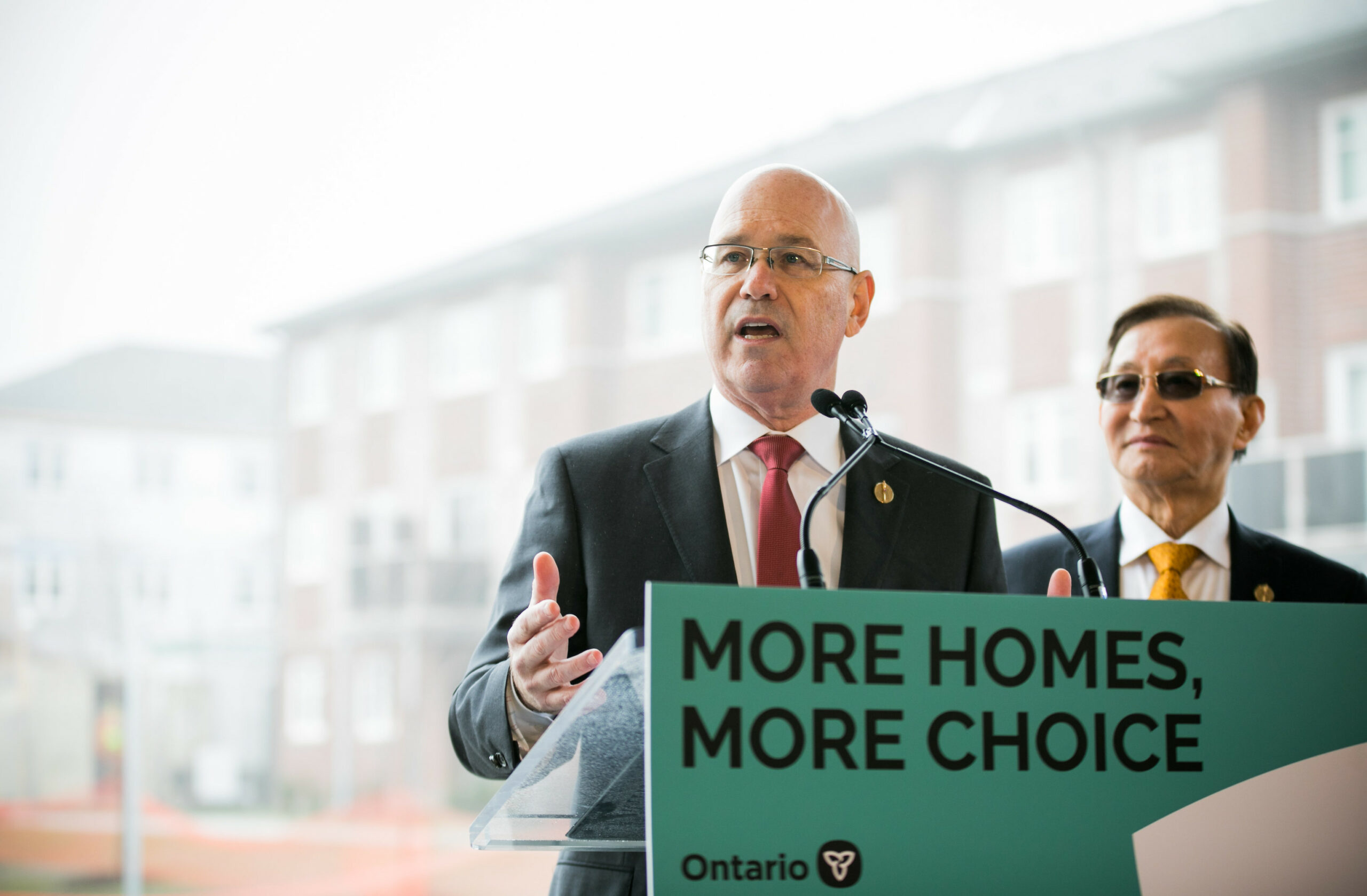
Buchanan said this proposal will hurt municipalities’ ability to mandate other climate-friendly elements for new buildings, such as shade and trees, electric vehicle charging infrastructure and water quality monitoring. “If removed, it will put Ontario cities far, far behind.”
The legislation eliminates the Central Pickering Development Plan, some of which concerns land in the Greenbelt. The leaked document advises Ford’s cabinet that this could be perceived “as reducing protections and greenspace, particularly if … Duffins Rouge Agricultural Preserve becomes vulnerable to development.”
Ford could also be seen as “lowering protections in the Greenbelt,” which could be a weak point for him. During his 2018 election campaign, he was forced to walk back a pledge to develop the Greenbelt when it provoked public backlash.
The document also notes Indigenous communities “may be concerned with the removal of the protections offered in this plan.”
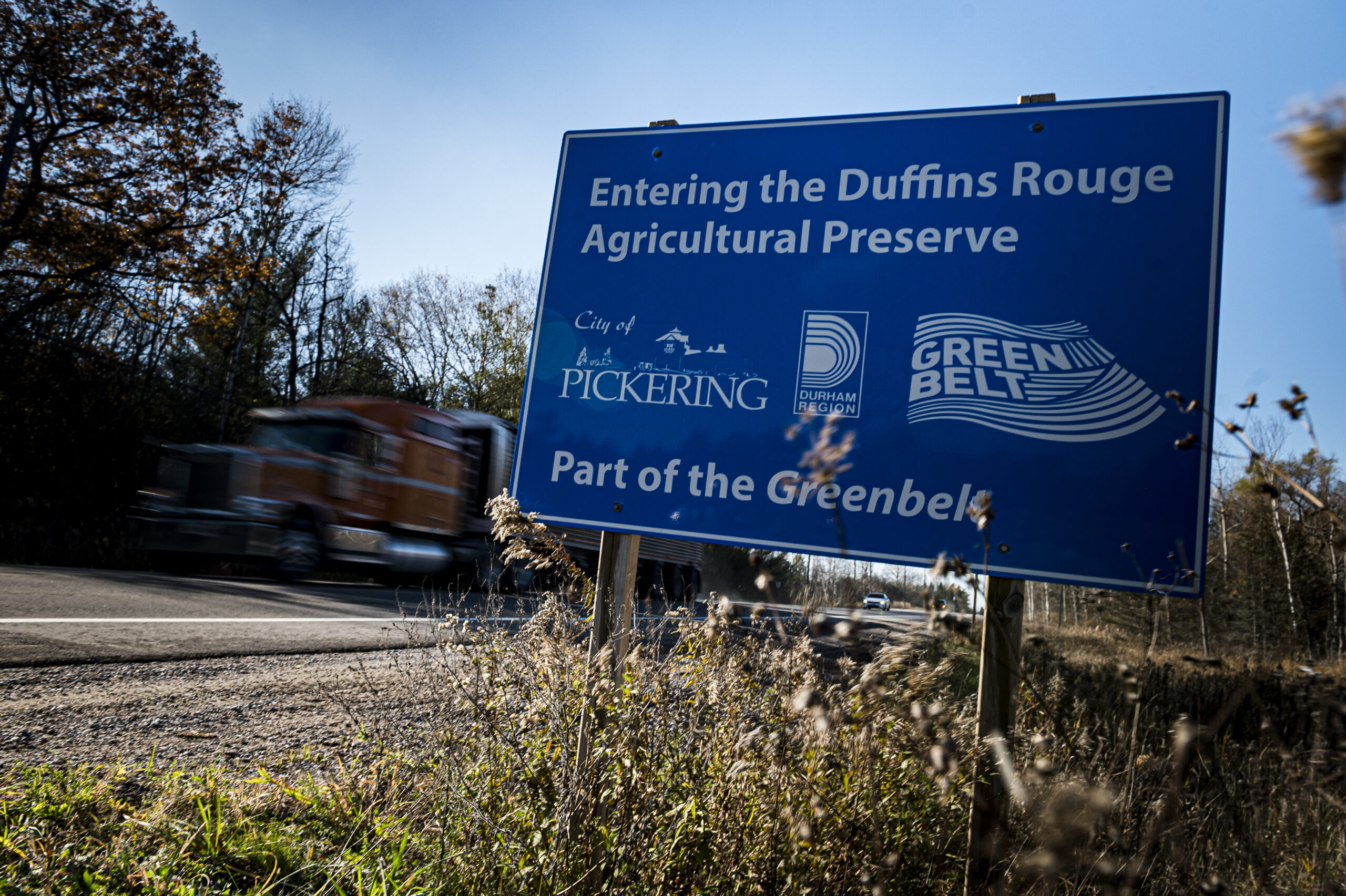
Currently, Ontario developers must provide a certain amount of greenspace for every new development, or pay cost in lieu. This process is largely overseen by city councils, but this legislation would limit their power.
Each Ontario municipality currently sets its own requirements for land to be set aside as public greenspace on new development sites, usually between 10 and 25 per cent. The Ford government wants lower caps: 10 per cent for sites less than 5 hectares and 15 per cent for bigger sites.
Density wouldn’t matter — a five-storey and 50-storey building on the same size plot would have the same parkland requirement. Municipalities would also lose the chance for input on park locations, leaving landowners to decide.
Ford also wants to broaden the criteria for what counts as “parkland.” It now includes “encumbered” parkland, or parks built on top of infrastructure like underground parking garages or utility lines. It would also include shared outdoor private spaces, such as condo courtyards or the laneways in a housing complex.
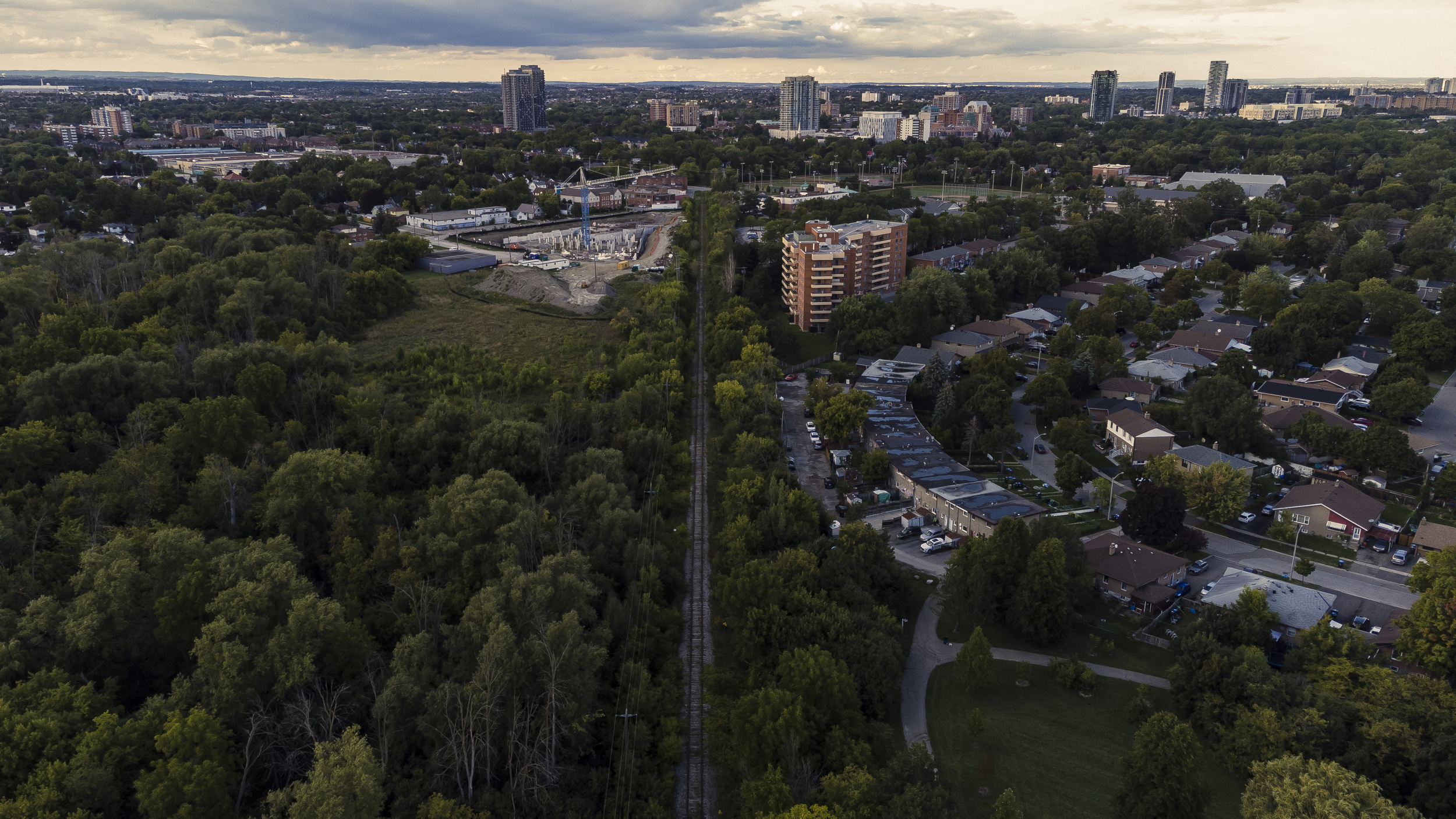
This runs counter to a common city goal of increasing density while providing equitable access to greenspace. The Narwhal spoke to a number of municipal experts who were not authorized to comment publicly and many felt these changes will leave Ontarians with fewer, lower-quality new parks. In the leaked document, the government is advised that giving developers more control could “impact the quality and use of parks.”
The document states “parks are viewed as a public good contributing to a high quality of life in Ontario,” but concludes that “developers would support greater cost certainty as well as reduction in parkland costs.” Multiple times, the document predicts deep public concern about “the quality, safety and accessibility of parkland.”
The new legislation makes significant changes to the regulation of Ontario’s wetlands, which naturally prevent floods by acting like sponges for rain, runoff and melting snow.
Most significant is probably that species-at-risk habitat will no longer factor into decisions about which wetlands should be protected. Protection of endangered species has stalled or stopped development in the province in the past, and the leaked document notes the likelihood of strong developer support for removing this condition.
The leaked document is quick to note there would be “no net negative impact on the Greenbelt/Oak Ridge Moraine Conservation Plan.” Yet it also notes that the new wetland classification system may result in “no provincial oversight over the protection of wetlands.”
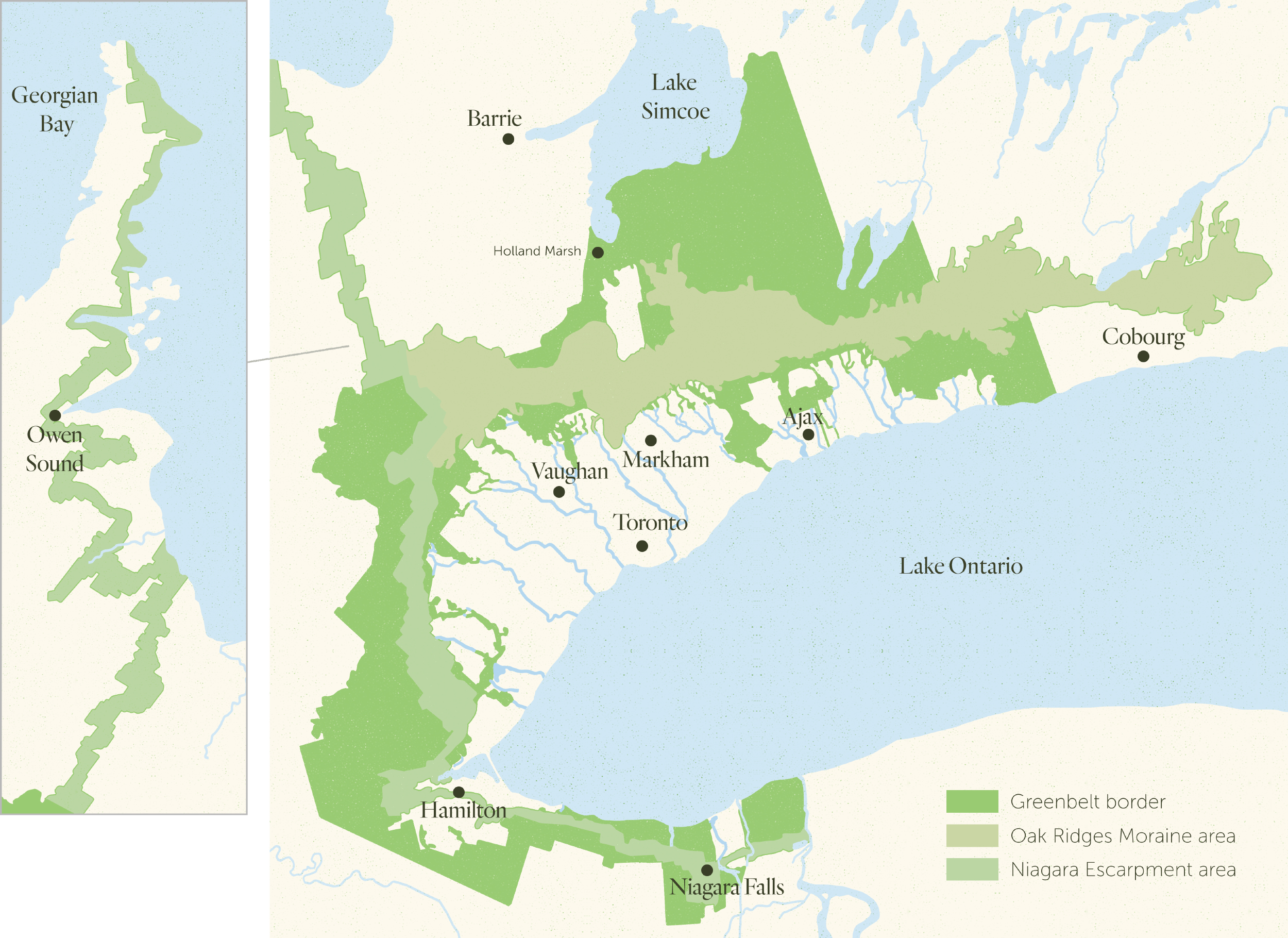
The government also wants to create “an ecological offsetting regime” for developers who want to build near natural heritage sites. The idea is to “allow developers the flexibility” to offset negative impacts of construction near small woodlands, wetlands and other natural spaces interwoven in urban areas by either replacing them — an often unsuccessful attempt to replicate natural stormwater control — or paying to compensate for their loss.
On Friday, the Ford government unveiled a plan to remove about 7,400 acres of land from the protected Greenbelt to build at least 50,000 homes. The plan would see 9,400 acres of land added to the Greenbelt in other areas.
The proposed changes break repeated promises by Ford and his government to keep the Greenbelt intact.
“We will not in any way entertain any proposals that will move lands in the Greenbelt, or open the Greenbelt lands to any kind of development,” Minister of Municipal Affairs and Housing Steve Clark said last year, The Canadian Press reported.
Ahead of the 2018 provincial election, Ford said: “Unequivocally, we won’t touch the Greenbelt. … We’ll figure out how to clean up this housing mess, this housing crisis that we’re facing, in a different fashion.”
The leaked cabinet document notes that both the broader public and Indigenous communities will be “critical of reduced protections and provincial oversight.” Indigenous communities in particular “have not been supportive of the concept of offsetting important features, especially as it relates to wetlands to date.”
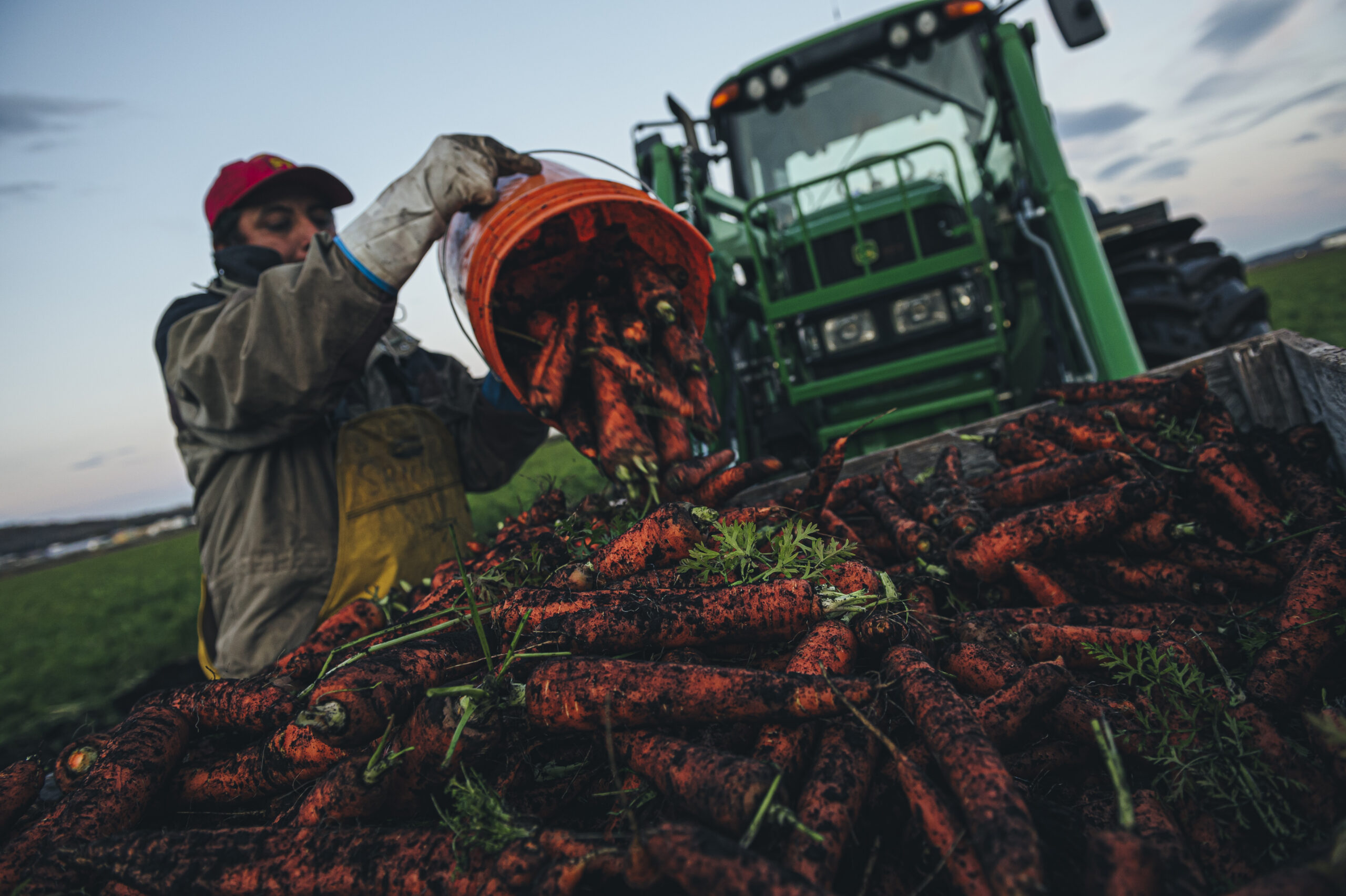
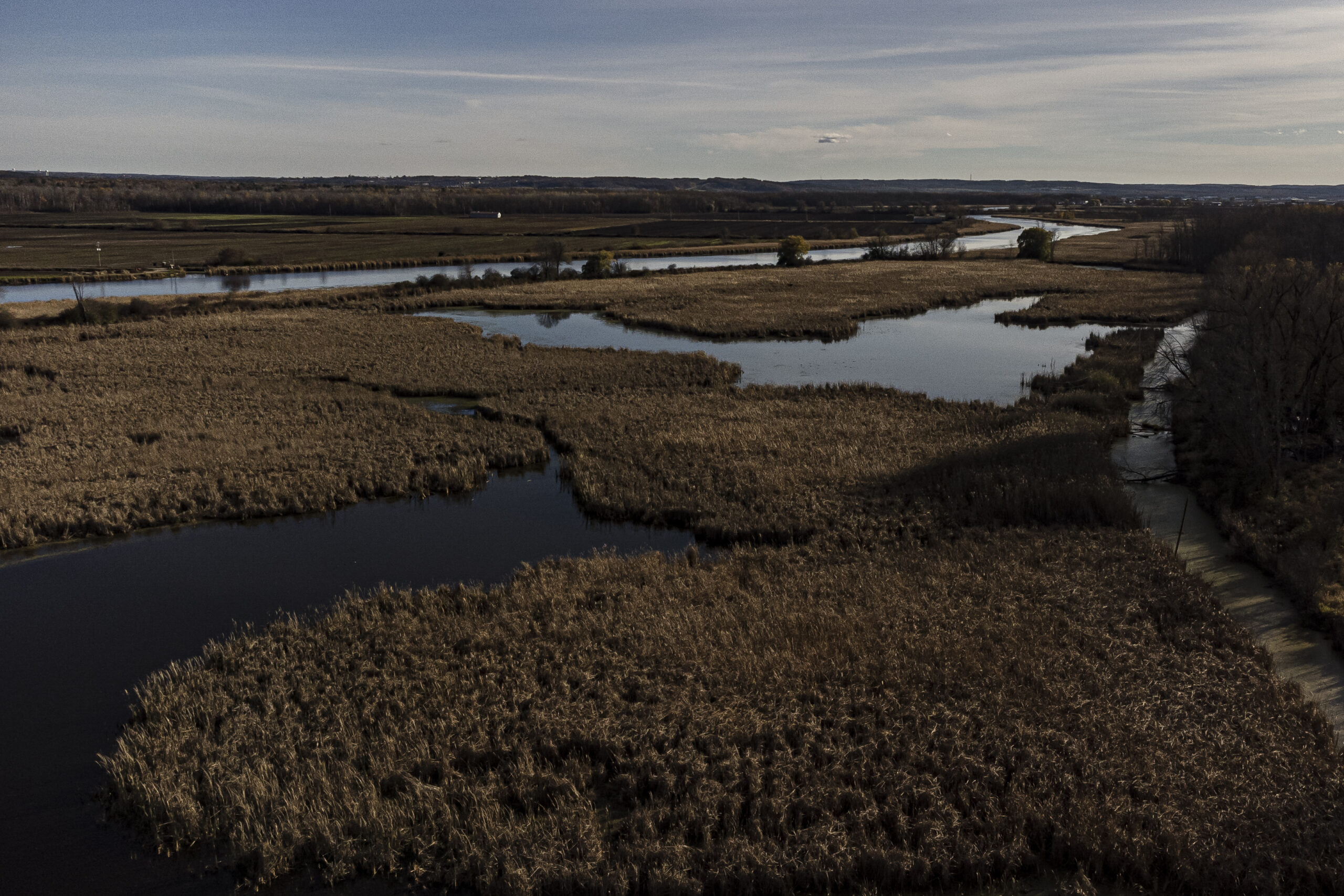
One of those communities is Chief LaRocca’s nation, which opposed offsetting when a now-cancelled development was slated to impact the Lower Duffins Creek wetland complex in Pickering, Ont., on her nation’s territory. She told The Narwhal that offsetting is “highly contextual:” while having a strategy for it can be important, “it’s not adequate to implement … whilst gutting any other protections, such as those delivered through conservation authorities,” LaRocca said.
The main risk to this proposal is listed briefly in the leaked document, which notes it “could result in loss of natural heritage features on the landscape.”
On Friday, The Narwhal learned that the Duffins Creek wetland has been damaged.
The overhaul of conservation authorities is one of the largest sections of the new legislation. It includes dozens of changes to at least 11 regulations that enable these bodies to prevent flooding and other natural hazards by protecting wetlands and other ecosystems.
“As someone who supports the government’s all-hands-on-deck approach to the housing crisis, it’s frustrating,” said Hasaan Basit, CEO of Halton Region Conservation Authority. “They have told us they value the important work [conservation authorities] do to protect people and property from natural hazards and flooding, but then they introduce sweeping changes that will keep us from doing the work needed at the watershed level.”
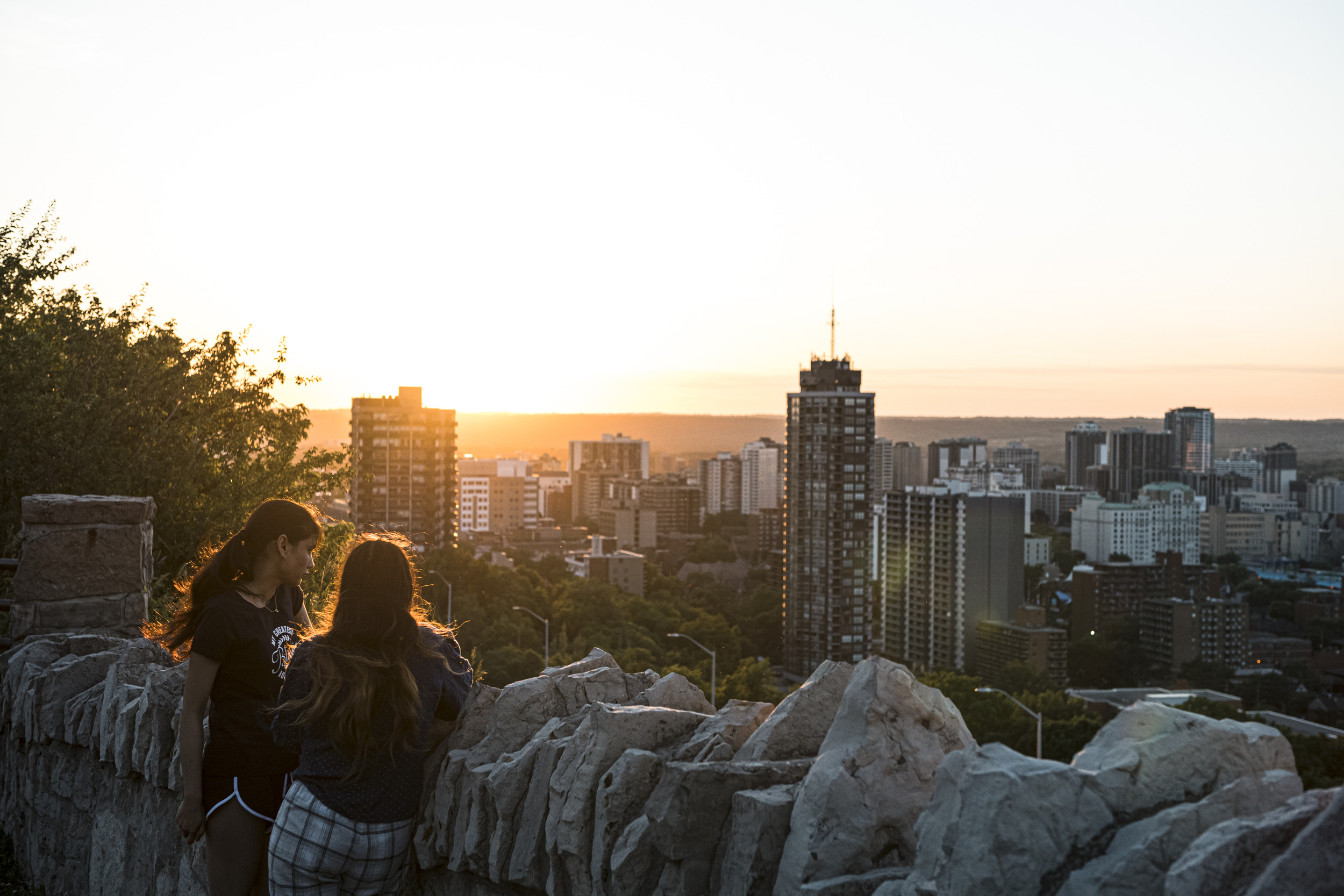
As The Narwhal first reported, amendments to conservation authority oversight include permitting development in natural areas that were previously prohibited. The new legislation instructs conservation authorities to sell, lease or dispose of land. It removes their power to deny development permissions if the government uses a Minister’s Zoning Order to override municipal decisions — a controversial tool the Ford government has already used more often than any previous Ontario government.
The government goes into minute detail in its proposals. Conservation authorities will only be able to focus on natural hazard concerns and not broader environmental considerations like “pollution” or “conservation of land.” Their authority is also being reduced to “areas that are most at risk of flooding,” which can be hard to identify because of limited flood mapping data.
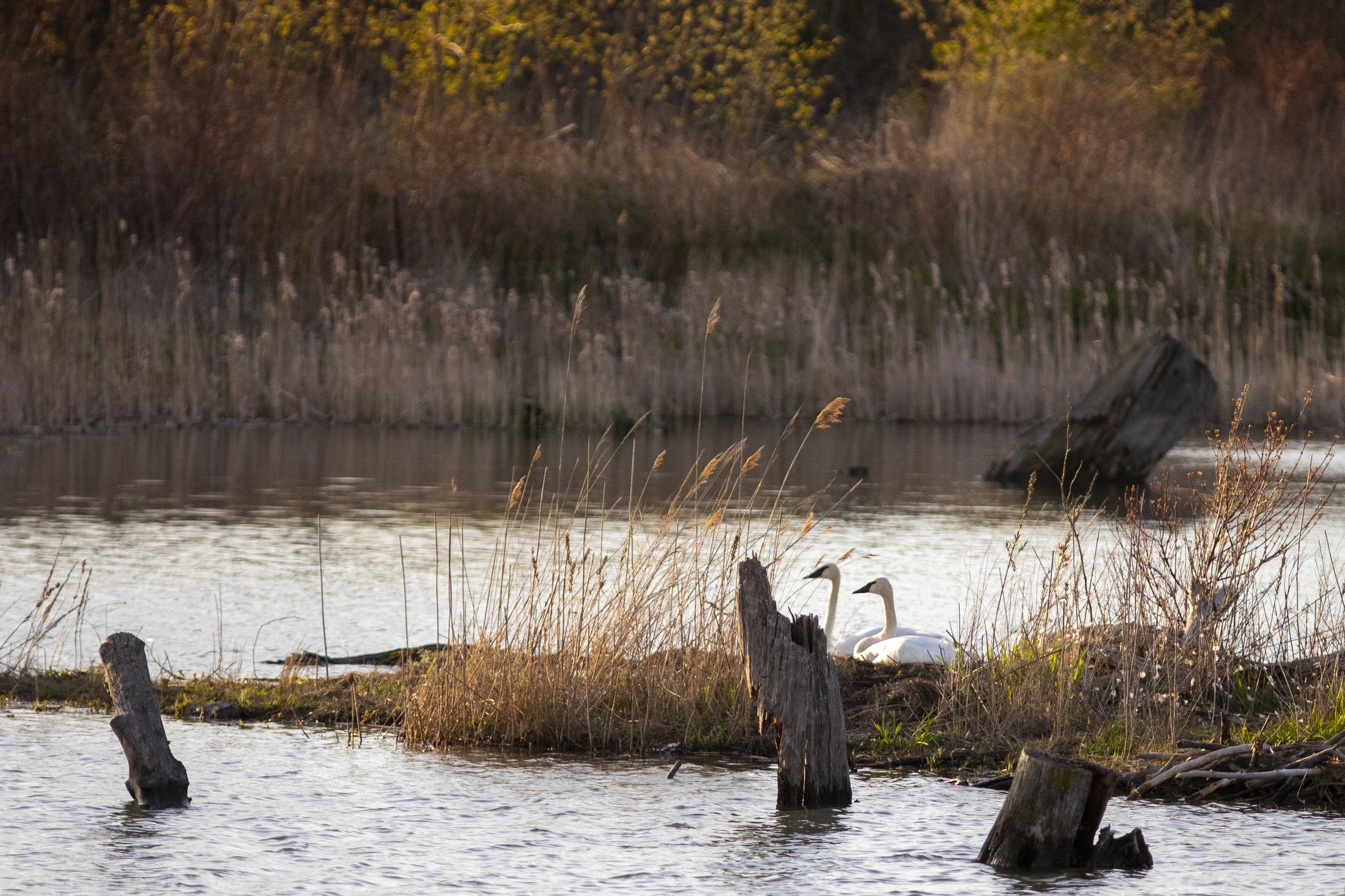
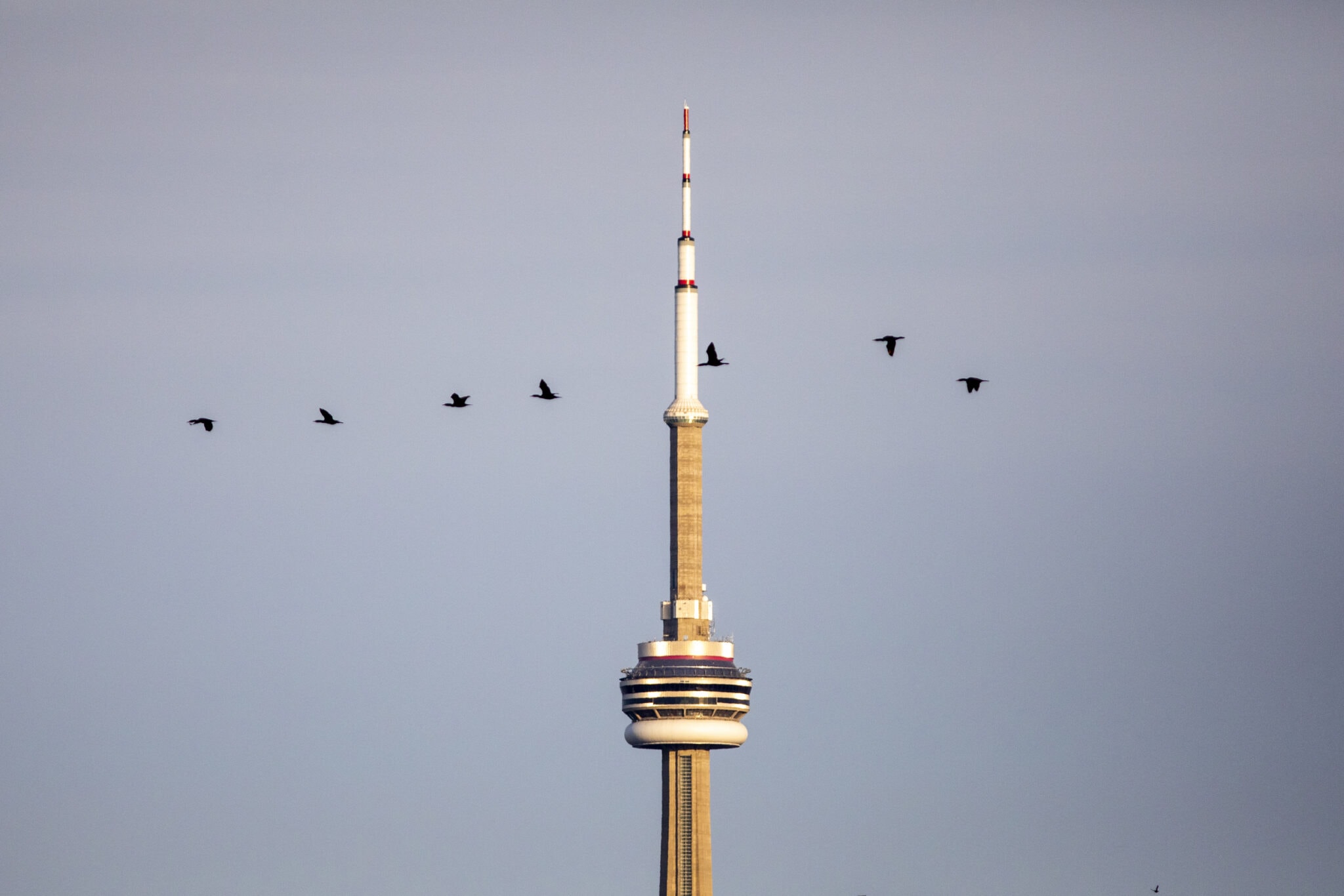
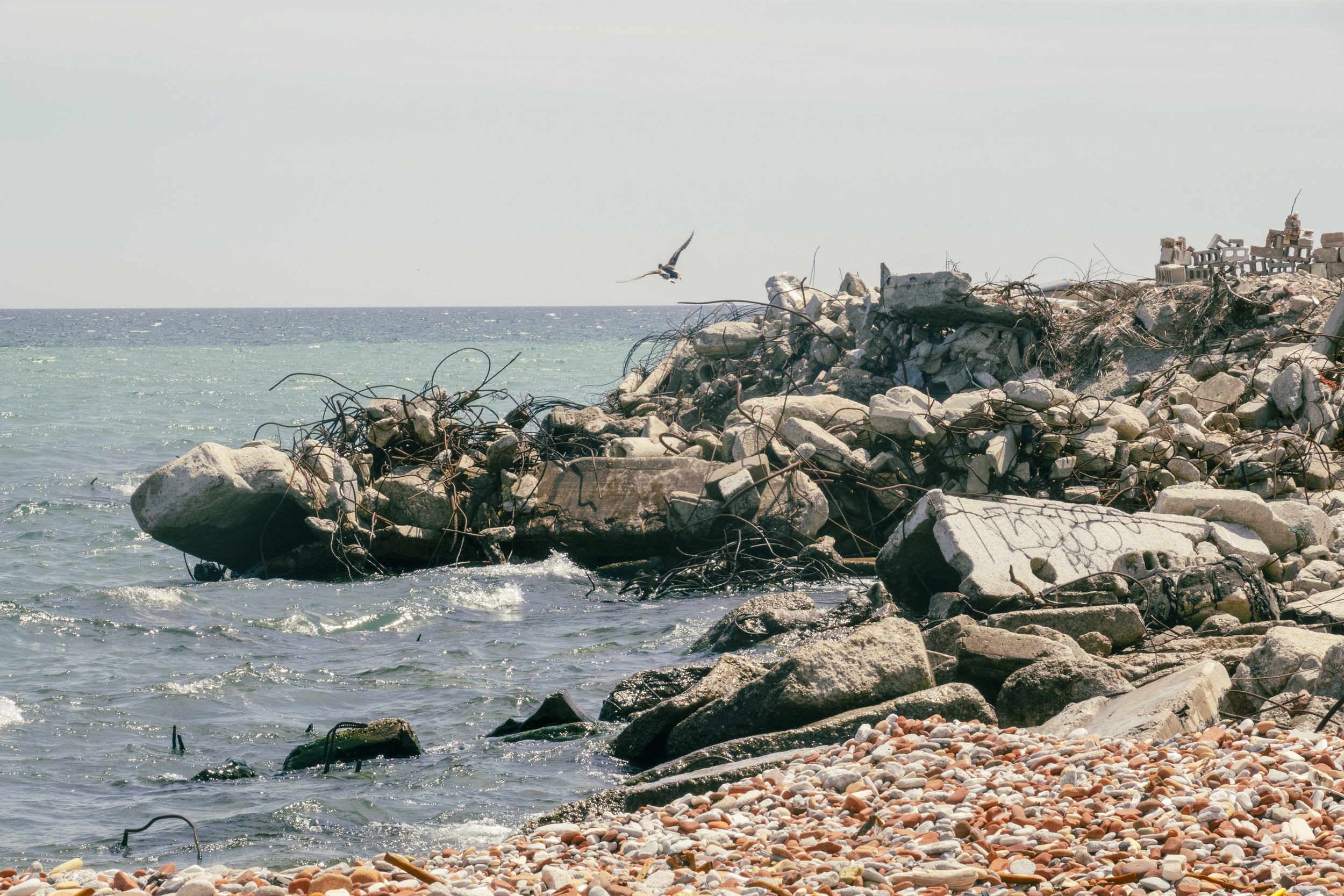
The government also wants municipalities to issue the development permits conservation authorities handle now. But Ontario’s cities, regions and towns have “neither capacity nor expertise” in the relevant water protection, engineering and oversight roles needed, according to a letter to the government last week from the board of Conservation Halton, which includes the mayors of Burlington, Oakville and Milton. It’s a risk the leaked document shows Ford already knew about: shifting this “responsibility/risk,” it states, “may create a low risk of broader environmental impacts” if “a municipality doesn’t have the expertise.”
The leaked document says these proposals will “reduce regulatory burdens and make approvals more efficient, predictable and affordable.” It notes multiple times that these changes “should not impact the protection of people and property from flooding” but also says that regulations will need to be further updated to make sure.
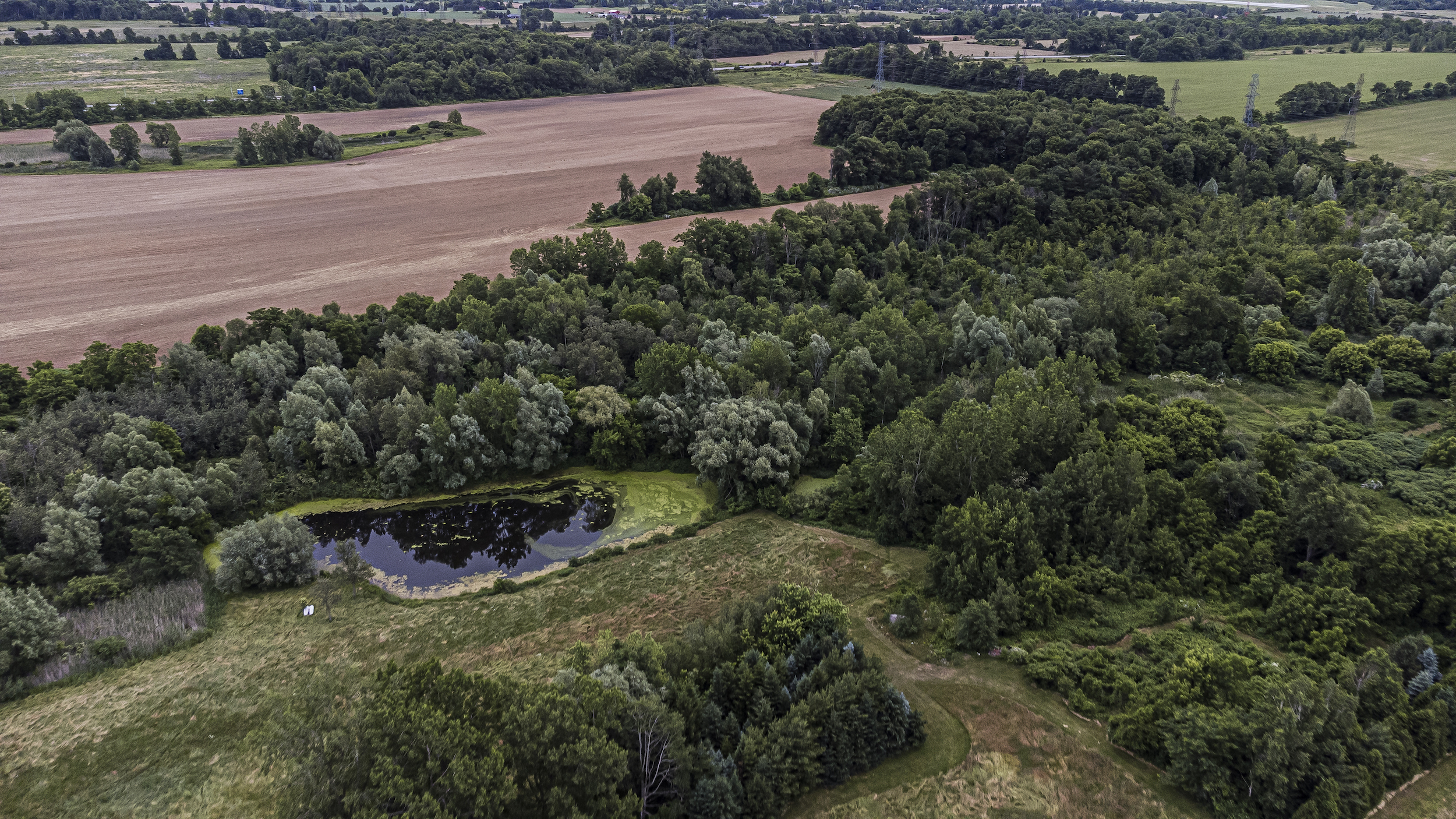
Aggregate is sand, gravel and crushed stone used to make concrete and other materials for construction of buildings and highways. Extraction created quarries and pits that can disrupt the landscape, eliminating vital habitat — one species-at-risk, the Jefferson salamander, tends to live in places with aggregate deposits. It can also interrupt waterways and aquifers, which can harm the quality and amount of water flowing downstream.
The Ontario government is proposing multiple changes to aggregate rules. One change, detailed in the leaked document, would punt some decisions from the minister of natural resources and forestry, currently Graydon Smith, to lower-level staff at the ministry. That would speed up the approval process, responding to “industry concerns,” the leaked document reads, also noting that environmental groups and Indigenous communities might see it as “reducing industry oversight.”
As an internal process change, rather than a revision to legislation, this move requires no public consultation, the document notes.
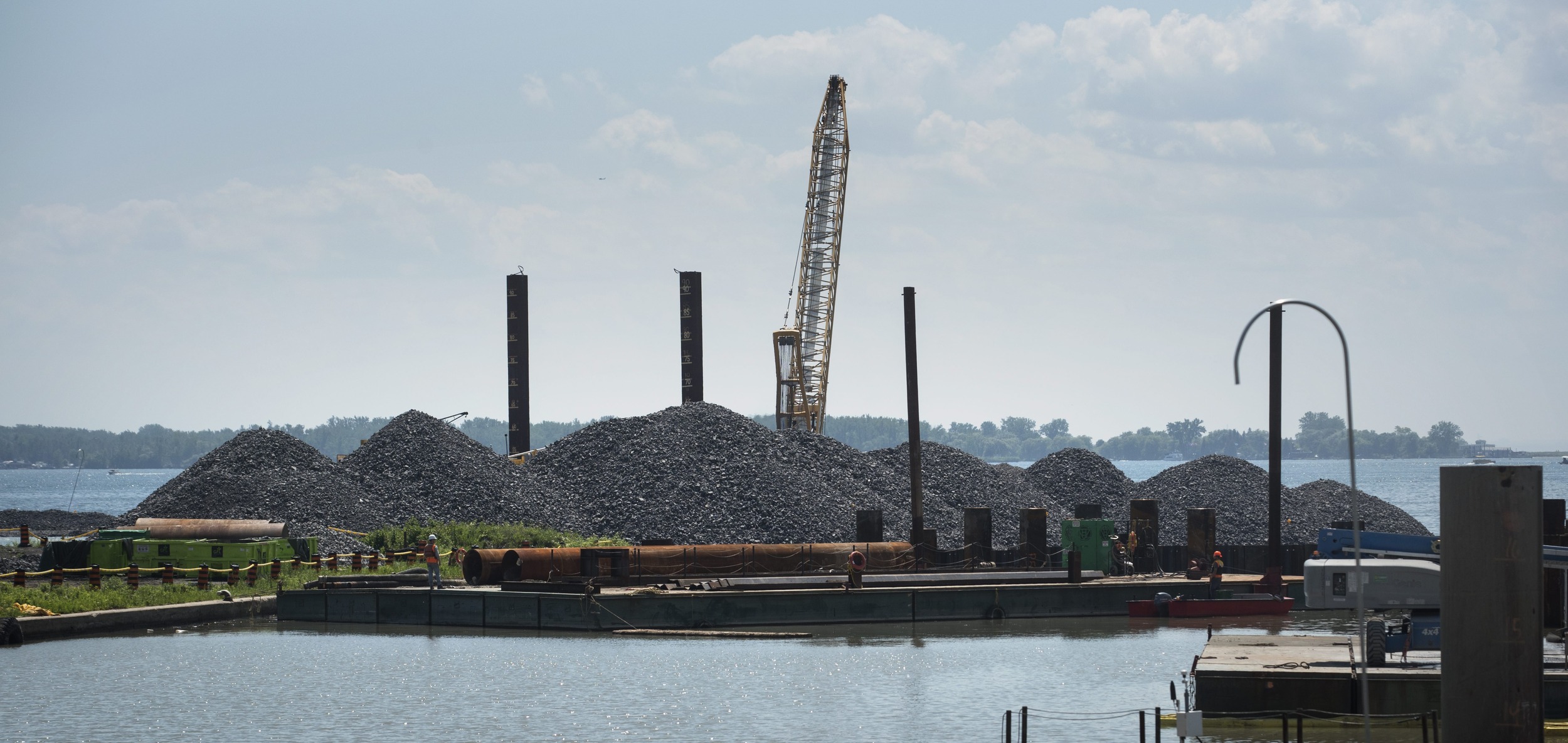
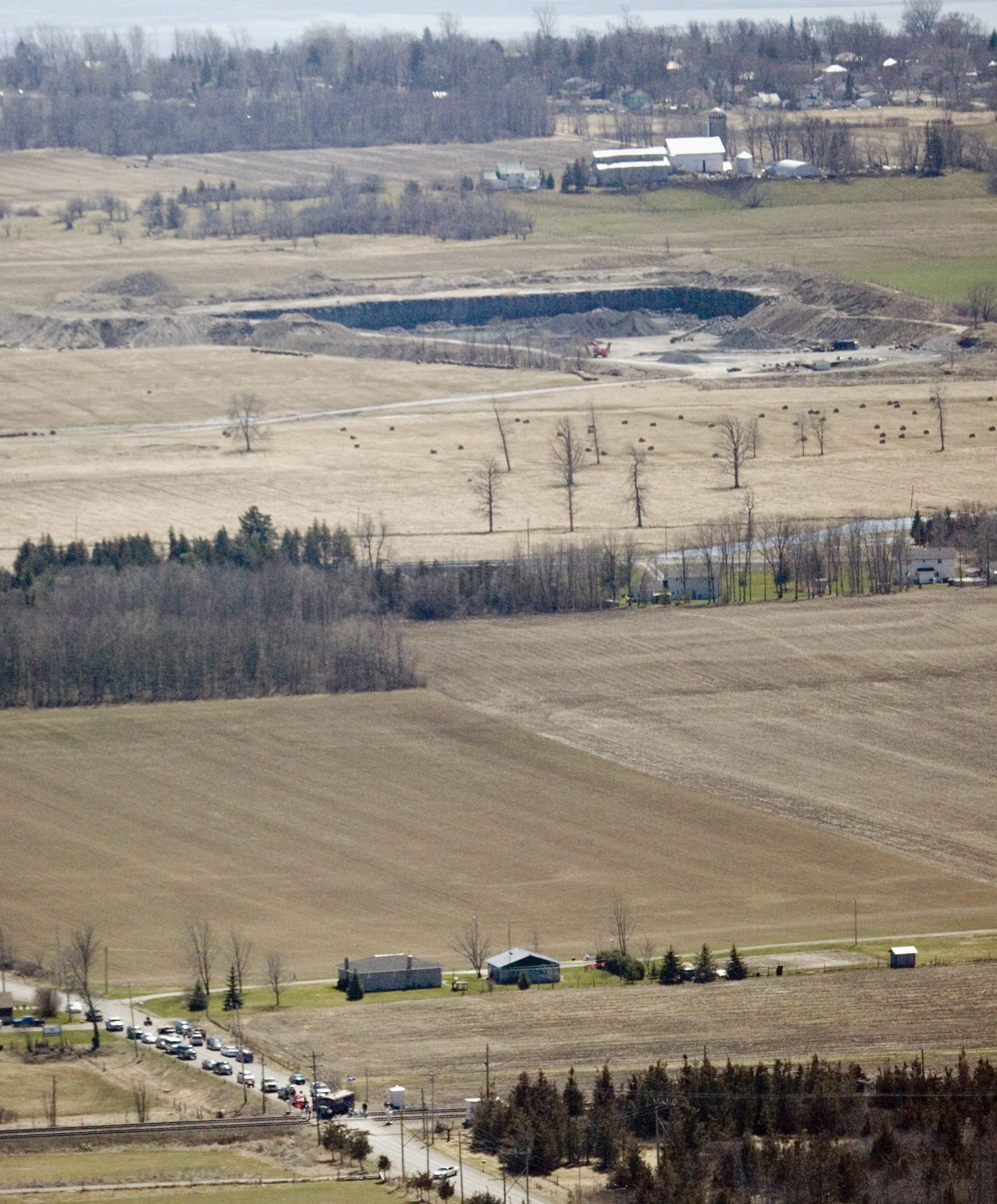
The government is also reconsidering some rules around aggregate contained in the Growth Plan for the Greater Golden Horseshoe, which outlines how areas of southern Ontario can and can’t be developed. The province is mulling whether it wants to merge and edit the Growth Plan with another provincial policy document, but has only outlined the broad strokes: it wants to ensure “access to aggregate resources close to where they are needed.”
Mike Balkwill is campaign manager for the Reform Gravel Mining Coalition, which represents communities opposing aggregate projects. He told The Narwhal Ontario has licenced more than enough extraction already. He also said his group is concerned about moves to limit public input.
“There’s no need to accelerate approvals and remove residents’ right to appeal,” Balkwill said. “This is a dangerous direction for our society.”
Since the Growth Plan has major impacts on other aspects of the environment — like farmland and fragmentation of habitat — any rewrite could be very consequential in other ways, too. The leaked document notes that any changes would maintain protection for the Greenbelt. It notes that while developers would likely be happy with the changes the Ford government has in mind, there will likely be backlash from municipalities, which would have to revamp land planning policy, and Indigenous communities, which might be concerned about Treaty Rights and natural features.
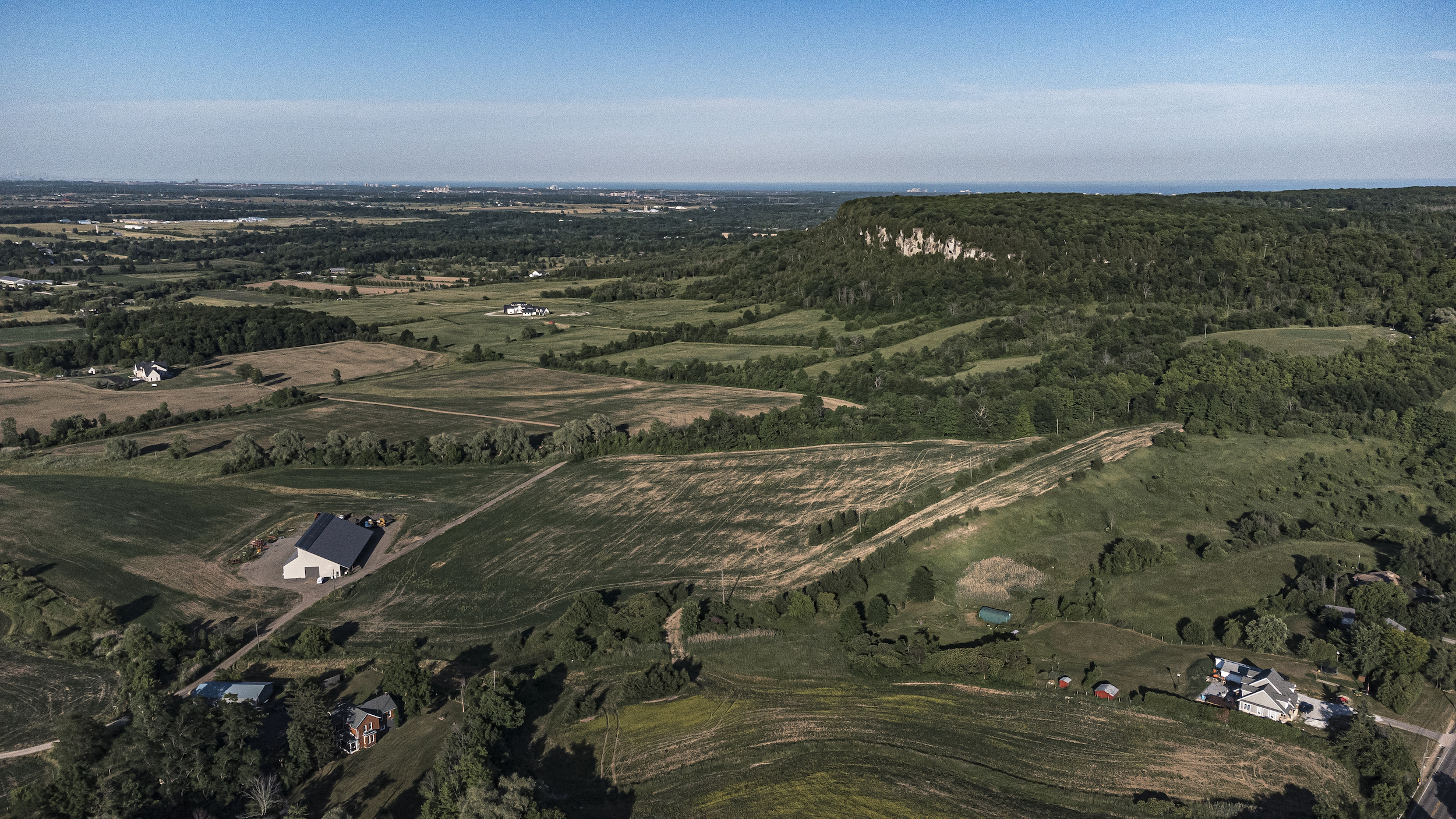
The reaction from farmers and environmentalists is also “likely to be strongly negative due to potential impacts on environmental protection, increased loss and fragmentation of prime agricultural lands, subsequent negative impacts to the agri-food sector, and increased allocations of land for housing and other urban uses,” the document notes.
Updated on Nov. 4, 2022, at 8 p.m. ET: This story has been updated to note the Ontario government’s announcement of proposed changes to the Greenbelt protected area.
Get the inside scoop on The Narwhal’s environment and climate reporting by signing up for our free newsletter. On a warm September evening nearly 15...
Continue reading
Governments of the two provinces have eerily similar plans to give themselves new powers to...

Katzie First Nation wants BC Hydro to let more water into the Fraser region's Alouette...

Premier David Eby says new legislation won’t degrade environmental protections or Indigenous Rights. Critics warn...
